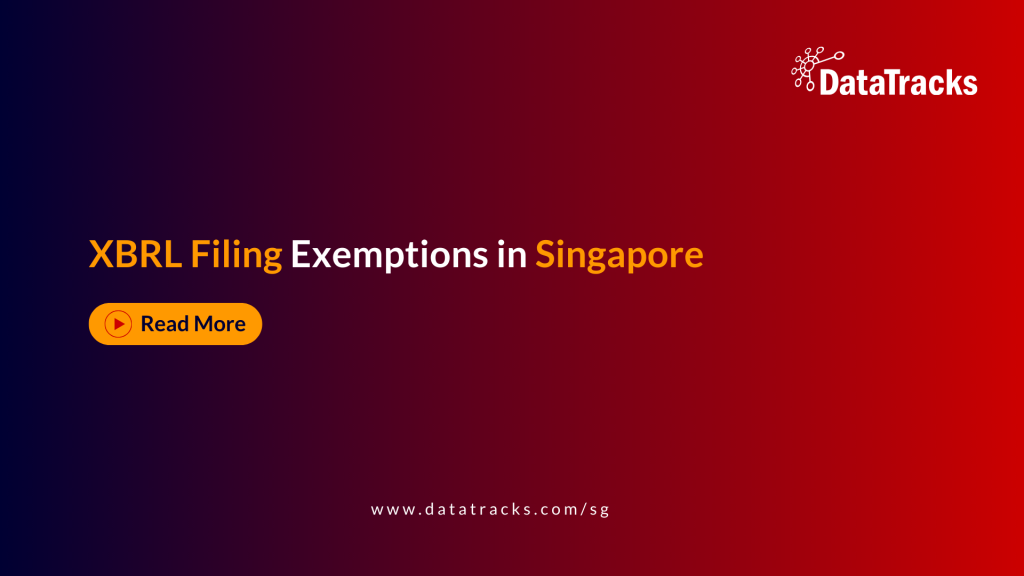The Why Behind ACRA’s 2025 Update: Building a More Transparent Reporting Future for Singapore
When Singapore companies prepare their annual reports for 2025 and beyond, the numbers won’t be the only thing that matters — how those numbers are presented, classified, and disclosed will matter just as much.
The Accounting and Corporate Regulatory Authority (ACRA) has announced that a new set of Singapore Financial Reporting Standards (International) — or SFRS(I) — will take effect for annual periods beginning on or after 1 January 2025.
But beyond the technicalities, this update signals a quiet shift in how Singapore sees corporate transparency.
Why Now?
Singapore’s corporate ecosystem has always been built on trust, consistency, and global alignment.
The 2025 update is not a random revision — it’s part of an ongoing effort to stay aligned with international best practices, ensuring that financial reports from Singapore stand shoulder-to-shoulder with those from major economies following IFRS.
By updating standards like SFRS(I) 9, 10, 28, and introducing new options such as Subsidiaries without Public Accountability: Disclosures, ACRA and the Accounting Standards Council (ASC) are making room for two priorities:
More relevant information for investors and regulators
Less reporting burden for smaller entities that don’t need full disclosure complexity
In short: better information, smarter compliance.
What’s Changing Under the Hood
If you’re a business owner, CFO, or accountant, the word “standards” might sound intimidating — but here’s what’s actually happening in simpler terms:
Financial Instruments (SFRS(I) 9 & 7): New guidance for how contracts referencing nature-dependent electricity are classified and measured.
Investments & Joint Ventures (SFRS(I) 10 & 28): Clearer rules when assets are sold or contributed between a parent and its associate or joint venture.
Simplified Disclosures: A new framework that allows subsidiaries without public accountability to report with fewer, simpler notes — making compliance lighter without compromising reliability.
Each change is small in isolation, but together, they reshape how companies tell their financial story.
Why It Matters to You
For companies filing with ACRA — especially those using XBRL — these changes mean:
New tagging structures and updated templates in line with revised disclosures.
More consistency between your financial statements and XBRL submissions.
Greater scrutiny from auditors and regulators on data accuracy and comparability.
In other words, this isn’t just an accounting update — it’s an XBRL readiness moment.
Those who plan early will glide through 2025. Those who don’t might find themselves rushing to reconcile formats and disclosures when the deadline looms.
The Bigger Picture
ACRA’s 2025 revision isn’t about red tape — it’s about raising the bar.
It’s a step toward global consistency, digital readiness, and data-driven reporting.
For Singapore, it cements the nation’s position as a trusted hub for transparent, reliable corporate reporting.
For companies, it’s a nudge to modernize — to treat compliance not as a burden, but as a competitive advantage.
In Simple Terms
👉 The what: new standards effective from Jan 2025
👉 The why: to align Singapore with global IFRS, simplify reporting for smaller entities, and enhance transparency
👉 The impact: smarter disclosures, cleaner data, and a smoother XBRL conversion journey
At DataTracks Singapore
We help businesses adapt seamlessly to every new SFRS(I) change — converting, validating, and filing accurate XBRL reports with ACRA since 2013.
If you’d like to know how these updates affect your next filing, our team can walk you through the changes one-on-one.



